School lunch programs vary dramatically across cultures, reflecting local food traditions, economic conditions, and nutritional priorities. Understanding these differences reveals fascinating insights about how societies value education, child welfare, and cultural preservation. This comprehensive look at school meals worldwide shows how countries approach feeding their students and what we can learn from their diverse strategies.
From Japan’s carefully balanced bento boxes to Brazil’s hearty rice and bean combinations, school lunches serve as more than just midday fuel. They represent cultural values, economic priorities, and approaches to child nutrition that shape how young people grow and learn.
Asia: Tradition Meets Nutrition
Japan: The Gold Standard of School Meals
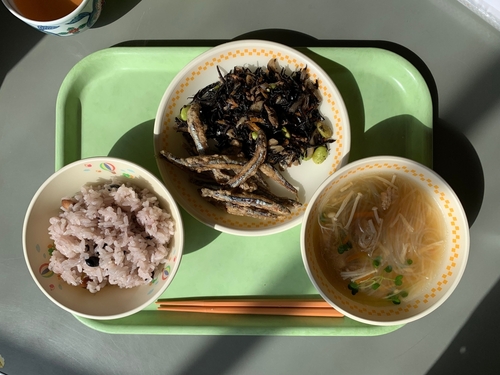
Japanese school lunches, known as kyushoku, represent one of the world’s most comprehensive meal programs. Students receive nutritionally balanced meals that include rice, miso soup, a protein source, vegetables, and milk. The program emphasizes local ingredients and seasonal foods.
What makes Japan’s system unique extends beyond the food itself. Students participate in serving meals, cleaning up, and learning about nutrition. This approach teaches responsibility while ensuring every child receives proper nutrition regardless of family income.
South Korea: Kimchi and Community
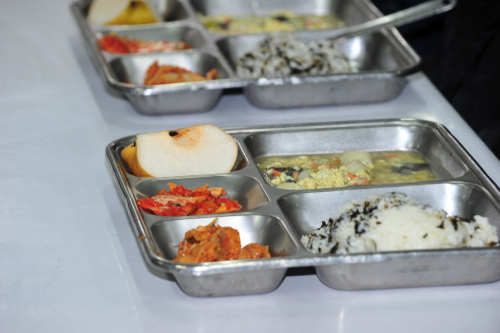
South Korean school lunches feature traditional staples like rice, kimchi, soup, and various side dishes called banchan. The government heavily subsidizes these meals, making them accessible to all students. Local production supports regional farmers while maintaining cultural food traditions.
Korean schools also emphasize food education, teaching students about traditional cooking methods and the nutritional benefits of fermented foods like kimchi.
Europe: Diverse Approaches to Student Nutrition
France: Culinary Education from an Early Age
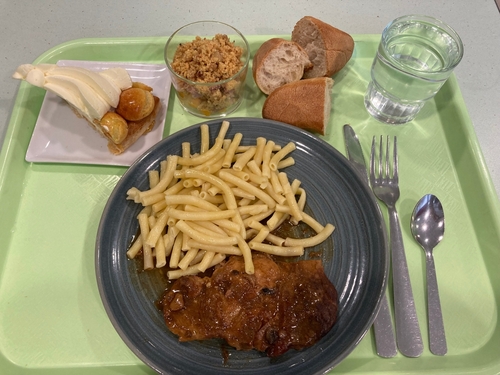
French school meals reflect the country’s renowned culinary culture. Students receive multi-course meals featuring fresh vegetables, proteins, dairy, and bread. The program emphasizes proper eating habits, table manners, and appreciation for quality ingredients.
French schools often serve meals on real plates with proper utensils, treating lunchtime as an educational experience about food culture and social dining.
Finland: Simple, Healthy, and Free
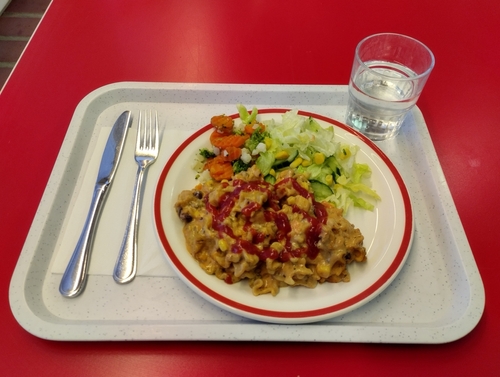
Finland provides free school meals to all students, focusing on simple, nutritious foods. Typical meals include hearty soups, bread, vegetables, and milk. The program supports both child nutrition and local agriculture through ingredient sourcing.
The Finnish approach prioritizes accessibility and nutritional adequacy over elaborate preparation, ensuring no child goes hungry during the school day.
United Kingdom: Traditional with Modern Challenges
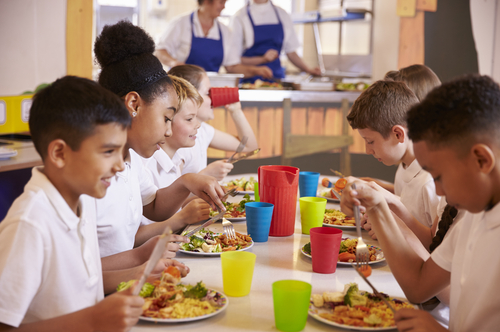
British school meals traditionally featured items like shepherd’s pie, fish and chips, and various vegetables. Recent decades have brought significant changes, with increased focus on healthier options and reduced processed foods.
The UK’s free school meal program targets students from low-income families, though debates continue about expanding access and improving food quality.
Americas: Regional Flavors and Federal Programs
United States: Standardized Nutrition Standards
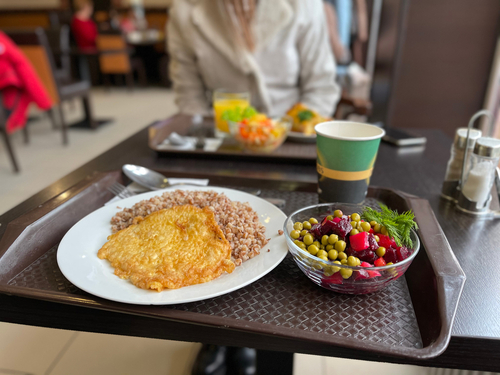
American school lunch programs operate under federal nutritional guidelines, ensuring meals meet specific requirements for calories, whole grains, fruits, vegetables, and lean proteins. Common items include pizza, chicken nuggets, salads, and fresh fruit.
The National School Lunch Program serves over 30 million children daily, with reduced-price or free meals available for qualifying families. Recent initiatives have emphasized locally sourced ingredients and garden-to-cafeteria programs.
Brazil: Rice, Beans, and Regional Specialties
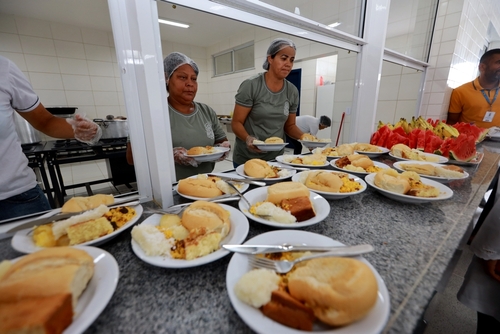
Brazilian school meals center around rice and beans, complemented by regional ingredients and local specialties. The program emphasizes fresh ingredients and traditional Brazilian cooking methods.
Brazil’s constitution guarantees the right to school meals for all public school students, making it one of the world’s largest feeding programs serving over 40 million children.
Mexico: Corn, Vegetables, and Local Traditions
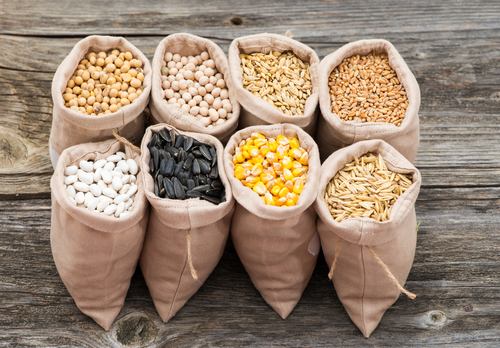
Mexican school lunch programs vary significantly between regions and economic levels. Traditional elements include corn-based items, beans, vegetables, and locally available proteins.
Many Mexican schools incorporate indigenous ingredients and cooking methods, preserving cultural food traditions while meeting modern nutritional standards.
Africa: Overcoming Challenges with Innovation
South Africa: Addressing Food Security
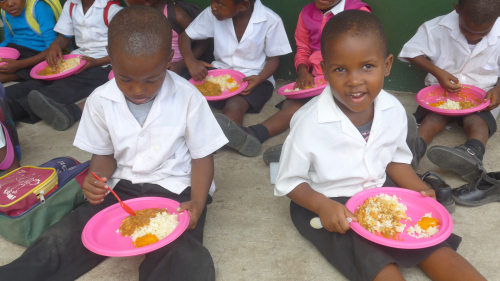
South African school feeding programs focus on addressing malnutrition and food security issues. Meals typically include maize porridge, vegetables, and protein sources when available.
The program serves as both an educational support and poverty alleviation measure, ensuring children receive at least one nutritious meal daily.
Ghana: Local Ingredients, Community Involvement
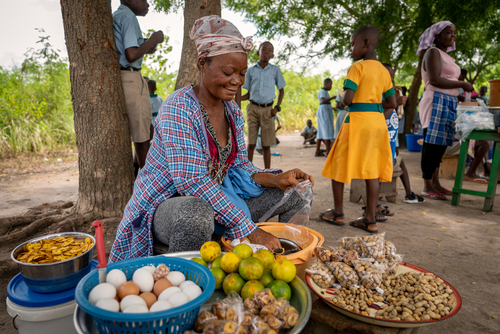
Ghana’s school feeding program emphasizes locally produced ingredients, supporting both child nutrition and agricultural development. Common meals include rice, beans, vegetables, and occasional protein sources.
Community involvement plays a crucial role, with local farmers and cooks participating in program implementation and sustainability.
Australia and Oceania: Balancing Tradition and Modernity
Australia: Diverse Approaches Across States
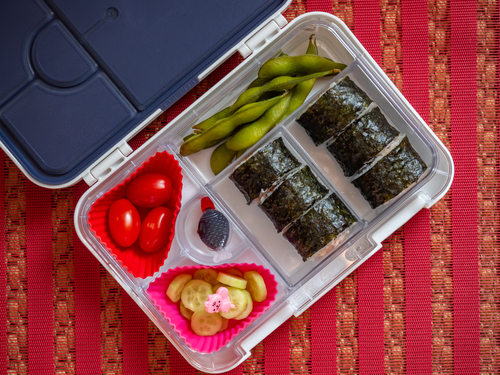
Australian schools employ various lunch systems, from cafeterias serving hot meals to students bringing packed lunches from home. Many schools emphasize fresh fruits, vegetables, and whole grains while accommodating diverse cultural backgrounds.
The multicultural nature of Australian society influences school food options, with Asian, Mediterranean, and traditional Australian foods commonly available.
Challenges and Innovations
Addressing Food Allergies and Dietary Restrictions
Schools worldwide increasingly accommodate students with food allergies, religious dietary restrictions, and personal food choices. This requires careful menu planning, staff training, and alternative meal options.
Sustainability and Local Sourcing
Many countries now emphasize environmental sustainability in school meal programs. This includes reducing food waste, sourcing ingredients locally, and teaching students about sustainable food systems.
Technology Integration
Modern school meal programs increasingly use technology for meal planning, nutritional analysis, and payment systems. Some schools employ apps that allow parents to monitor their children’s meal choices and nutritional intake.
Lessons from Global School Meal Programs
Universal Access Improves Educational Outcomes
Countries providing free school meals to all students often see improved attendance, academic performance, and reduced stigma around receiving assistance.
Cultural Integration Enhances Acceptance
Programs that incorporate local food traditions and cultural elements typically achieve better student participation and community support.
Comprehensive Education Amplifies Impact
Schools that combine meal provision with nutrition education, cooking skills, and food culture lessons create more lasting positive impacts on student health and food relationships.
Frequently Asked Questions
How do school lunch costs compare between countries?
School lunch costs vary significantly, with some countries like Finland and Brazil providing completely free meals, while others charge fees ranging from $2-8 per meal. Many countries offer reduced-price or free options for low-income families.
Which countries have the healthiest school lunch programs?
Japan, South Korea, and Finland often rank highest for nutritional quality and comprehensive approaches to school meal programs. These countries emphasize fresh ingredients, balanced nutrition, and food education.
How do school lunches impact student academic performance?
Research consistently shows that well-designed school meal programs improve attendance, concentration, and academic achievement. Proper nutrition during school hours supports cognitive development and learning capacity.
What role do school lunches play in addressing childhood obesity?
School meal programs can help combat childhood obesity by providing balanced, portion-controlled meals and nutrition education. However, effectiveness depends on program design and broader dietary patterns.
How are special dietary needs accommodated in school lunch programs?
Most modern school lunch programs accommodate allergies, religious restrictions, and special dietary needs through alternative menu options, ingredient substitutions, and careful food preparation protocols.
Building Better School Meal Systems
School lunch programs worldwide demonstrate that feeding students involves much more than providing calories. The most successful programs combine nutritional science with cultural sensitivity, economic accessibility, and educational value.
Countries can learn from each other’s successes and challenges. Japan’s emphasis on food education, Brazil’s constitutional guarantee of school meals, and Finland’s universal free lunch programs all offer valuable models for improvement.
The future of school nutrition lies in programs that nourish bodies, preserve cultures, and teach sustainable food practices. These initiatives require collaboration between governments, communities, farmers, and educators to create systems that truly serve children’s comprehensive development needs.